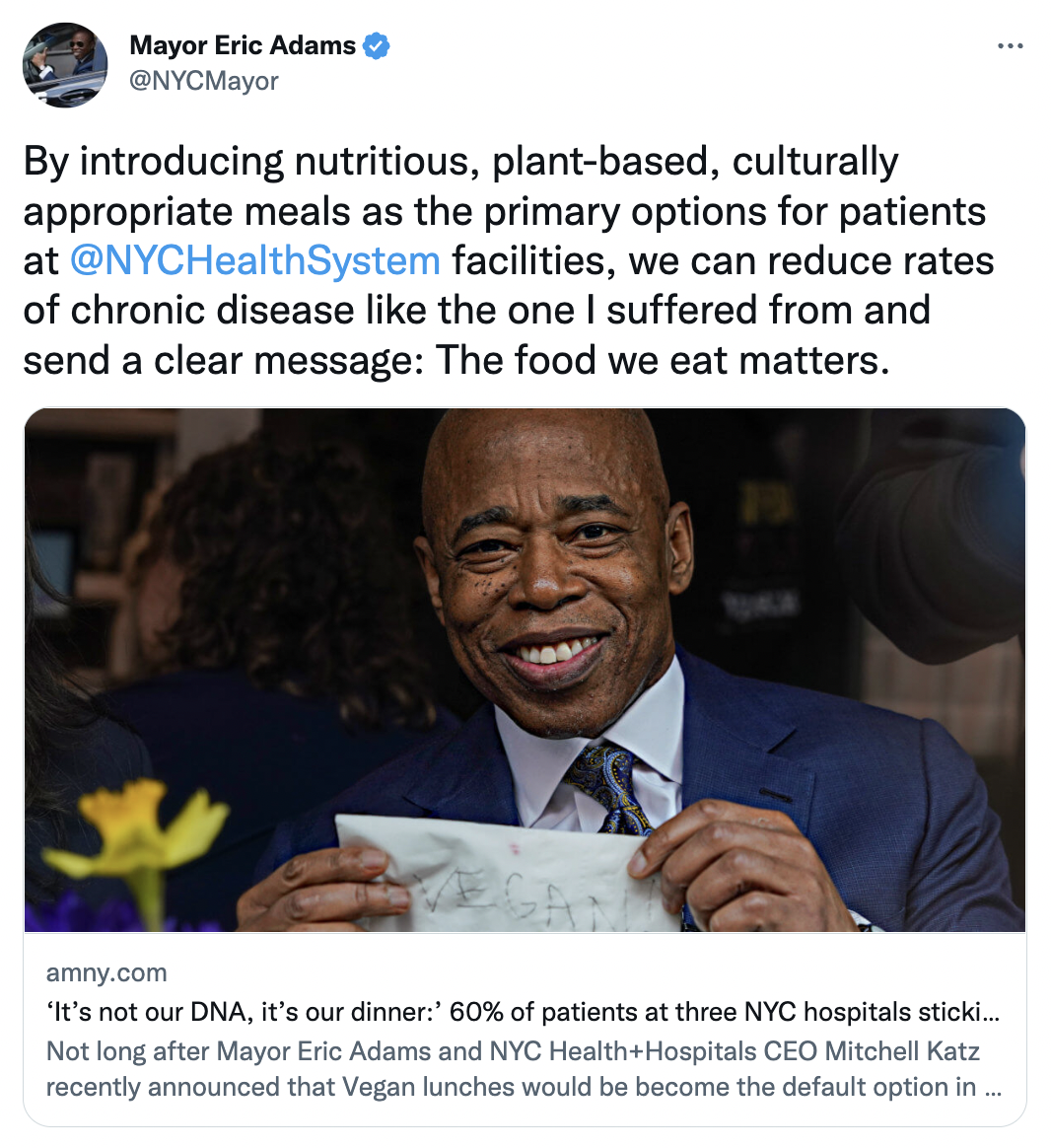Choice Architecture -- A Powerful Tool for Climate Action
You are someone who wants to see positive, climate-optimistic changes in the world. (I know this because I see you, change-maker!) I’m sure you’re also well aware that many of the solutions we need are already at our fingertips, just waiting to be implemented. So what’s missing many times is not the idea or even the possibility to implement these changes, but the common interest and public effort to make such solutions viable.
It can seem frustrating when positive change is stalled at the doorstep, but that is where choice architecture comes in. You don’t wait for people to make the difficult shifts, you simply make it easy for them to do the right thing.
Let me explain.
Choice Architecture
…is “The design of different ways in which choices can be presented to decision-makers, and the impact of that presentation on decision-making.” (Wikipedia)
In other words — a tool for making people do what we want them to do. And it’s used more frequently than you might think.
For example, when you go to the grocery store with the intention to buy milk but end up coming home with a magazine and a chocolate bar too, you’ve been exposed to choice architecture. How you are introduced to options and information highly impacts the decisions you make on a daily basis. And if an interesting cover and a delicious candy bar stare you in the face as you’re about to check out, it’s hard not to act on these “nudges.”
So what does this mean for climate action?
A lot! If you make it easy for people to make the right decision, you can move really big mountains in a really short amount of time. You can also start to add up the numbers where they matter, and then use those numbers to aim for even more and bigger change.
Plant-Based at NYC Hospitals
A recent, great example of this is what the NYC Mayor, Eric Adams, decided to do to the food system in New York hospitals. By making a plant-based option the daily default, with the ability to opt-in to a meat option, he’s using choice architecture to enable big shifts — both for the planet and people’s health.
Note that he isn’t removing the option for people to have meat, hence not telling anyone what they should or should not do. But with the smart use of choice architecture, he's creating a default option that helps people eat less meat and introduce more vegetables into their diets.
As you might understand, the use of choice architecture can be both bad and good. This sort of “nudging” has been criticized by many because it can come across as coercion. And sure, if you come home with sweets you don’t need, one could argue it doesn’t serve us well. But for creating a new, better, more sustainable world, one that needs to come about fast and in many cases — against people’s better judgment — it’s a powerful tool in making that change come true.
Work with it!
How can you utilize choice architecture to create change in your office/ community/ home? Could you introduce it to your boss or HR manager that there should be silverware in the lunch room so that people don’t have to use plastic utensils? Or perhaps making plant-based a default on weekdays could do your family some good, without the need to make a big fuss about implementing these changes?
Sometimes (if not many times) changes are easier than we think. We just have to make it easy to people to do them! So, dear change-maker, use this wonderful tool to spark some BIG positive change in the world around you. Be sneaky about it if you wish, we need all the little tricks we can muster! :)



